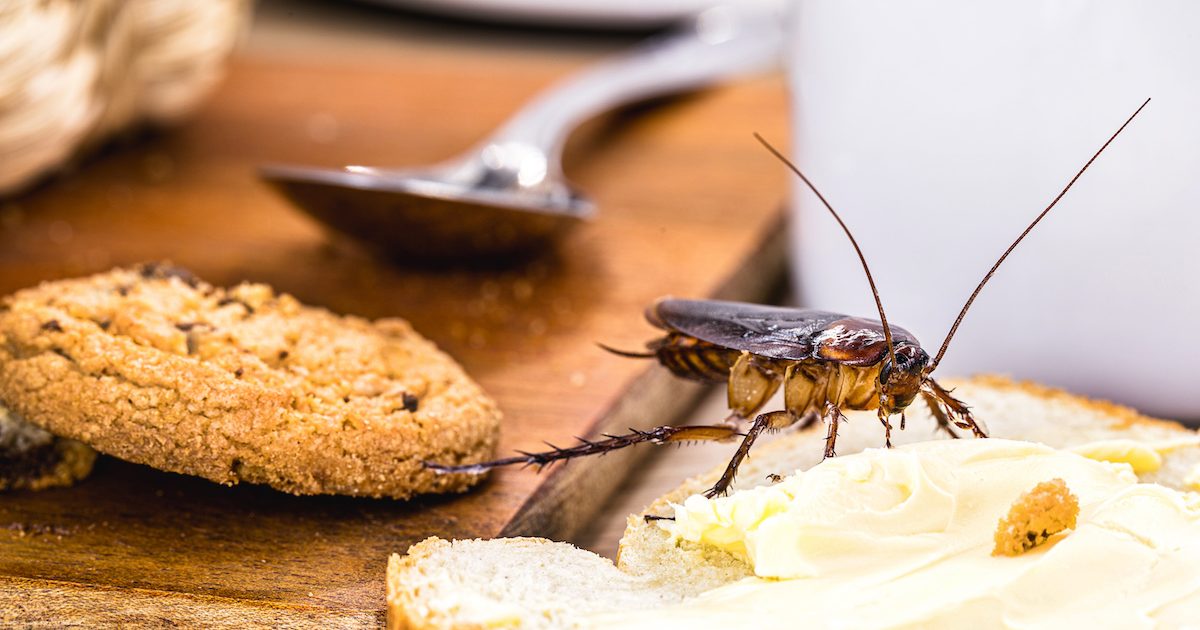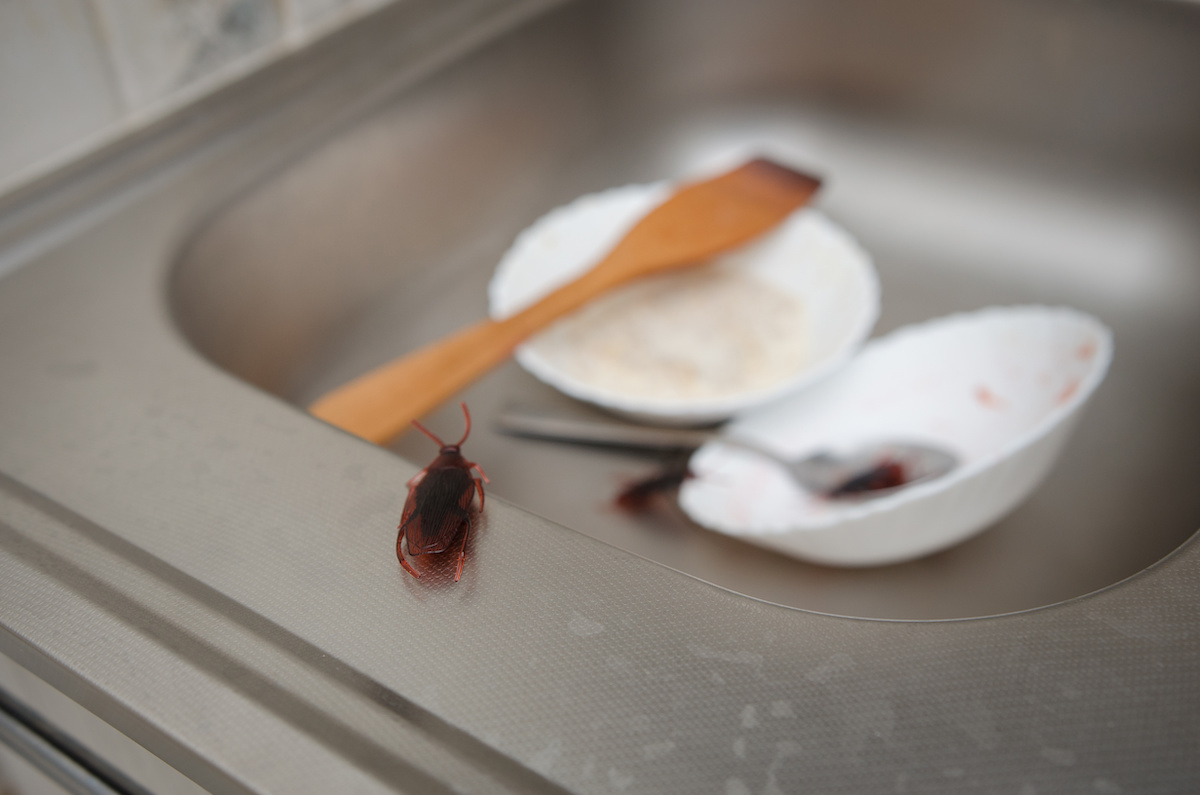
Pests are more than just a nuisance. They pose significant health risks to humans and can cause significant structural damage to homes and buildings. In this blog post, we’ll explore the dangers of pests, including the health risks of pest infestations, the types of diseases pests can transmit, and the structural damage they can cause.
Health Risks of Pest Infestations: What are the Risks?
Pest infestations can cause a range of health problems, from minor irritations to serious illnesses. Here are some of the most common health risks associated with pest infestations:
- Allergies: Pests like dust mites, cockroaches, and rodents can trigger allergic reactions in humans. Common symptoms include sneezing, itchy eyes, and respiratory problems.
- Asthma: Pests like cockroaches and rodents can exacerbate asthma symptoms and make it harder for people with asthma to breathe.
- Bites and Stings: Pests like mosquitoes, fleas, and bed bugs can bite humans, causing itchy, painful welts. In some cases, these bites can also transmit diseases.
- Disease Transmission: Pests like rodents and insects can carry and transmit diseases to humans, including salmonella, hantavirus, and Lyme disease.
- Poisoning: Some pests, like spiders and scorpions, can be poisonous and can cause serious harm or even death in humans.
When pests spread disease in your home, it can lead to a range of health problems for you and your family. The health risks of pest infestations rise as they continue to breed and spread throughout your home. They can also potentially contaminate food and surfaces with harmful bacteria. Depending on the type of pest and the severity of the infestation, diseases can range from mild to life-threatening.
What are the Signs of a Pest Infestation?
If you know the signs of a pest infestation, you can stop it before you experience any serious health risks. Consider these following signs of a pest infestation in your home:
- Spotting droppings: Discovering rodent or insect feces in your home indicates their presence.
- Gnaw marks: Finding chewed items or damaged wires suggests rodent activity.
- Unusual smells: Pungent, musty odors can signal a hidden infestation.
- Nesting materials: Shredded paper, fabric, or insulation reveal rodent nesting areas.
- Dead bugs: Accumulation of insect carcasses near windowsills or light fixtures points to an infestation.
- Nocturnal noises: Hearing scratching or scurrying sounds at night often means rodents are active.
- Visible insects: Observing live or dead insects, such as ants or cockroaches, indoors implies a growing problem.
If you suspect that you have an infestation, be sure to contact us at Drive-Bye Exterminators. This is the best way to prevent the health risks of pest infestations in your home.
Health Risks of Pest Infestations: Types of Diseases Pests can Transmit
No one wants to think about catching diseases from pests in your home. Unfortunately, this is a potential situation when it comes to an infestation.
Pests such as rodents, insects, and other common household pests can spread disease to humans. When pests breed and spread throughout your home, the risk of infection increases, potentially leading to serious health problems. The good news is that you can protect yourself by Understanding the risks associated with pest infestations. Another key is taking preventative measures, protecting you from the harmful effects of pest-borne diseases.
Some of the diseases that common pests carry include:
- Lyme Disease: Transmitted by ticks, Lyme disease can cause fever, fatigue, and a rash.
- West Nile Virus: Coming from mosquitoes, West Nile virus can cause flu-like symptoms and in some cases, can be fatal.
- Hantavirus: Found in rodents, hantavirus can cause flu-like symptoms and in some cases, can be fatal.
- Salmonella: Carried by rodents and insects, salmonella causes food poisoning and other gastrointestinal problems.
- Rat-bite Fever: Transmitted by rodents, rat-bite fever can cause fever, muscle pain, and rash.
A professional exterminator swiftly eliminates pests, safeguarding your family from harmful diseases. Their expert techniques and knowledge ensure a healthy, pest-free environment for you and your loved ones.
What Common Pests Carry Disease?
Many common residential pests can carry harmful diseases that can be transmitted to humans. It’s important to take preventative measures to avoid pest infestations and address any existing infestations promptly to minimize the risk of disease transmission.
You’ll need to be aware of disease-carrying pests including:
- Rats
- Mice
- Termites
- Ants
- Mosquitos
- Cockroaches
Regular pest control services and proper sanitation practices can help protect you and your family from the harmful effects of pest-borne diseases.

Structural Damage Caused by Pests
Pests can also cause significant structural damage to homes and buildings. Structural damage can unfortunately lead to illness in homes. Here are some of the most common types of structural damage caused by pests:
- Damage to Wiring: Rodents and termites can chew through electrical wiring, causing power outages and potentially starting fires.
- Destroying Insulation: Pests like rodents and insects can damage insulation, reducing its effectiveness and potentially leading to higher energy bills.
- Damage to Wood: Termites can cause significant damage to wooden structures, which can compromise the structural integrity of a building.
- Plumbing Damage: Rodents can chew through pipes, causing leaks and potentially leading to water damage. This water damage can easily lead to mold growth, which can have significant health consequences to humans.
Ignoring structural damage to your home caused by pests can have serious consequences. As pests continue to breed and multiply, they can cause extensive damage to wooden structures, electrical wiring, and plumbing systems. If left unchecked, this damage can lead to expensive repairs and even health problems.
Preventing Pest Infestations
As you can see, there are many health risks of pest infestations. Preventing pest infestations is the best way to avoid the health risks and structural damage associated with pests. Here are some tips for preventing pest infestations:
- Keep a clean home: Pests are attracted to food, water, and shelter, so keeping a clean home can help reduce the likelihood of an infestation.
- Seal entry points: Don’t allow pests to enter your home through small cracks and crevices. Sealing entry points can help prevent an infestation.
- Store food properly: Pests like rodents and insects are attracted to food. Storing food properly can help reduce the likelihood of an infestation.
- Get regular pest control services: Regular pest control services can help prevent an infestation and catch any potential problems early.
Pests pose significant health risks to humans and can cause serious structural damage to homes and buildings. Understanding the dangers of pests and taking preventative measures can help protect your health and property. By taking steps to prevent pest infestations, you can reduce the likelihood of health problems, property damage, and the need for expensive pest control services.
Get Help with Pest Infestations from Drive-Bye Exterminators
If you suspect you have a pest infestation in your home, it’s important to address it quickly. Contacting a professional pest control service can help identify the extent of the infestation and determine the best course of action to eliminate the problem.
In summary, pests pose a significant threat to our health and property. By understanding the dangers of pests and taking preventative measures, we can protect ourselves and our homes from the potential risks associated with infestations. Regular pest control services and proper sanitation practices are key to keeping your home safe and pest-free.






